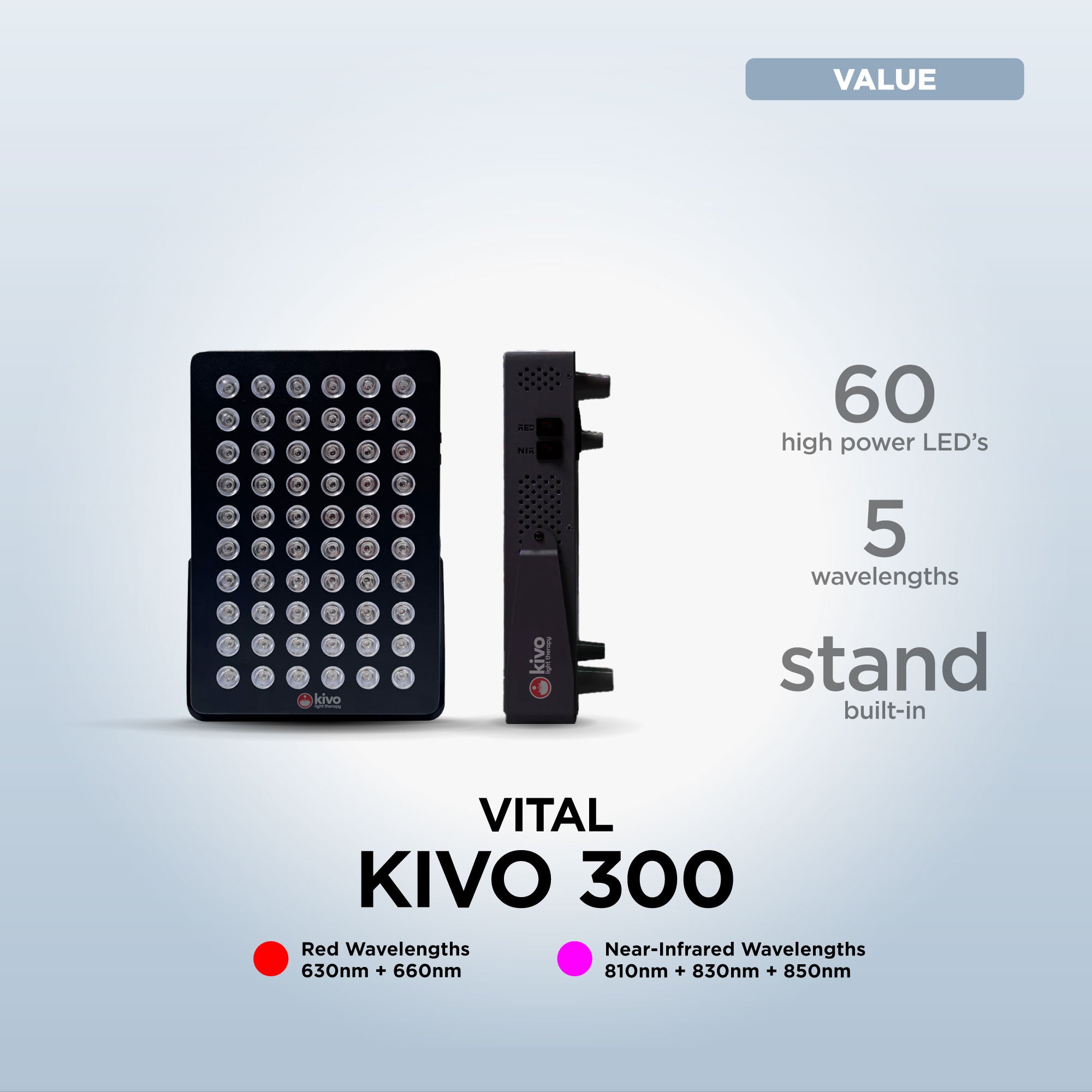How does red light therapy work?
Red light therapy operates on the principle of photobiomodulation, whereby specific wavelengths of light interact with chromophores within cells to initiate biochemical responses. When red and near-infrared light is absorbed by mitochondria, it stimulates the production of adenosine triphosphate (ATP), the primary energy currency of cells. This increase in ATP synthesis enhances cellular metabolism and function, leading to improved tissue repair, reduced inflammation, and enhanced cellular communication. Additionally, red light therapy modulates various signaling pathways, including those involved in oxidative stress, cytokine production, and gene expression, further influencing cellular processes. By optimizing cellular function, red light therapy promotes healing, regeneration, and homeostasis throughout the body.

